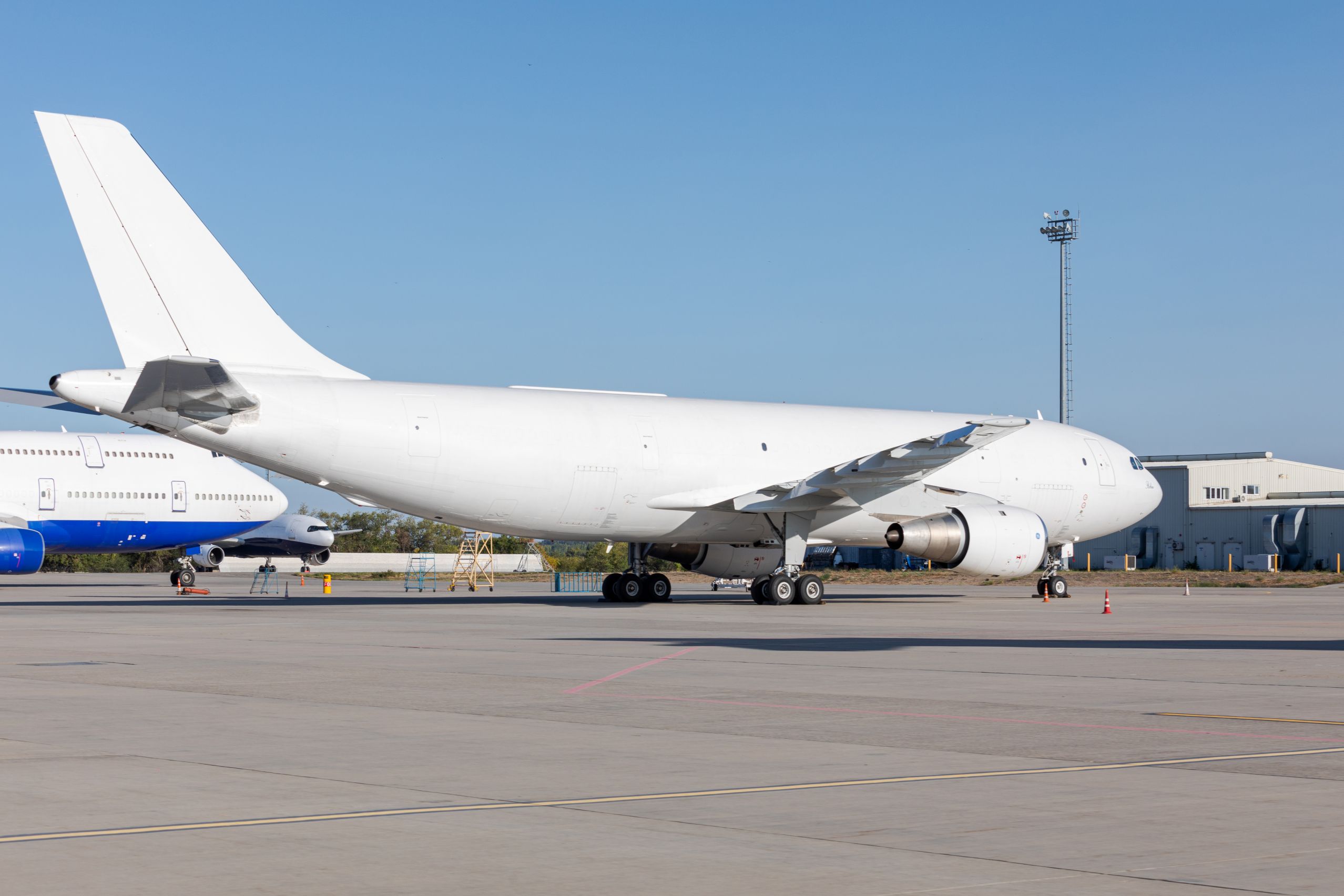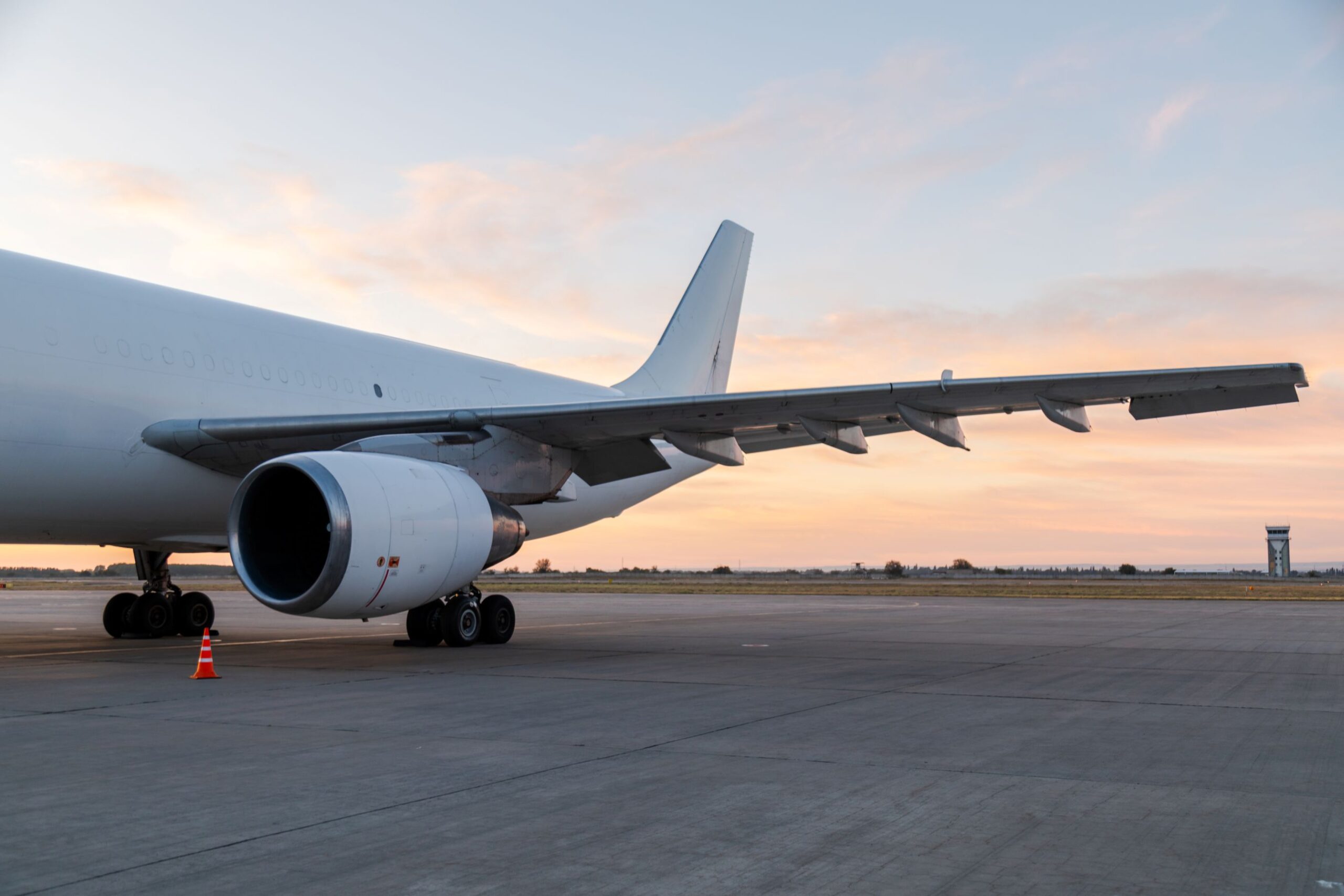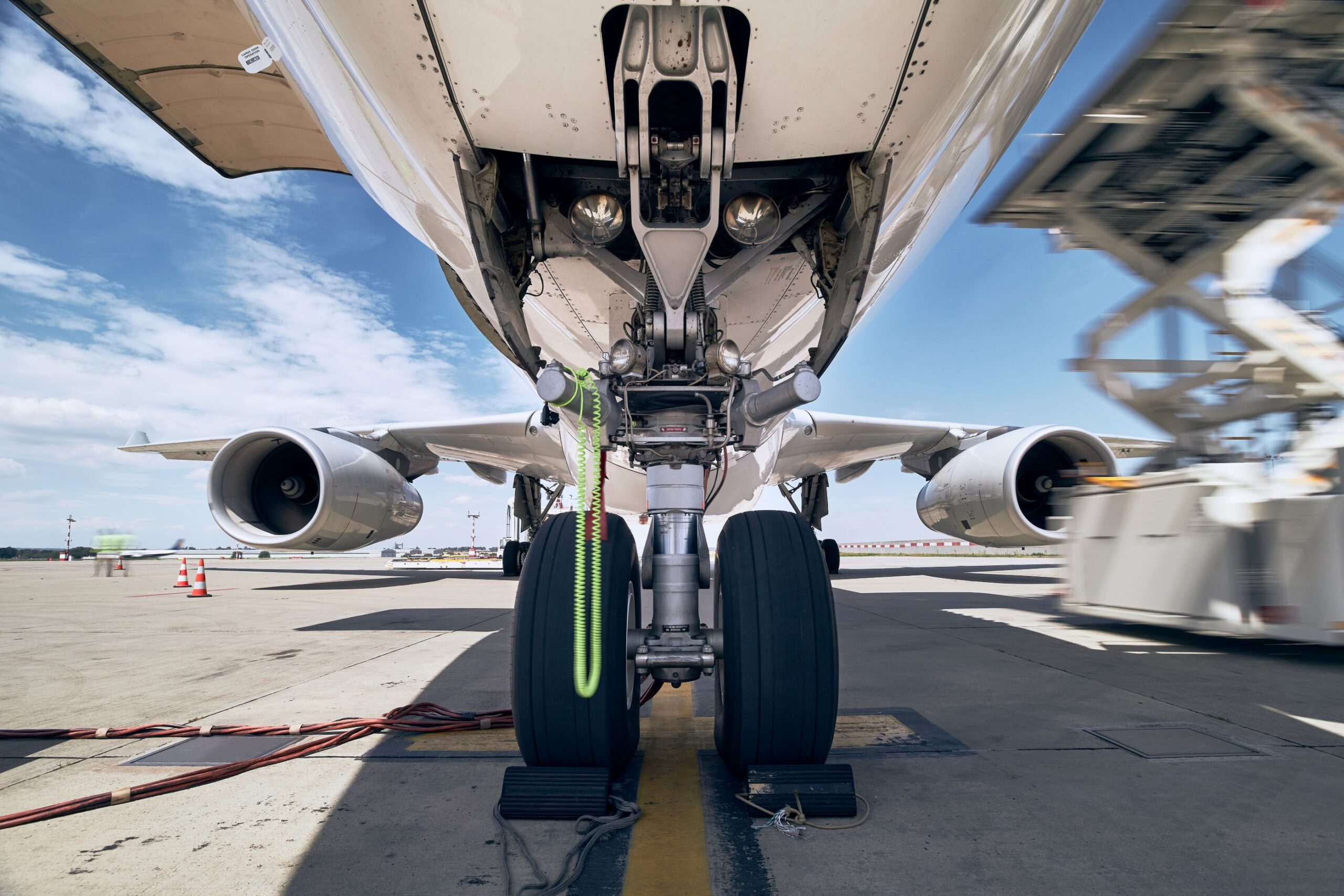Micro-fulfillment is emerging as a revolutionary force, reshaping logistics and distribution networks across industries. Within air cargo, this trend has opened up new opportunities for airlines to remain competitive in an increasingly demanding landscape. This blog explores the concept of micro-fulfillment in air cargo, its benefits, challenges, and the implications it has for airlines moving forward.
What Is Micro-Fulfillment in Air Cargo?
Micro-fulfillment refers to the use of localized distribution hubs, equipped with advanced technology, to streamline the sorting and delivery of goods. Unlike traditional large-scale warehouses located far from consumers, micro-fulfillment centers (MFCs) are typically compact, closer to urban areas, and leverage automation for rapid processing.
When applied to air cargo, micro-fulfillment in air cargo aims to bring efficiency to the first and last mile of supply chains. These centers are often strategically located within or near airports, enabling airlines to facilitate faster and more cost-effective delivery to end customers. Whether it’s e-commerce shipments, perishable goods, or medical supplies, micro-fulfillment in air cargo caters to the demand for quicker, more streamlined freight operations.
Why Is Micro-Fulfillment Gaining Traction?
The demand for quicker delivery timelines has skyrocketed in recent years, driven by industries like e-commerce, pharmaceuticals, and just-in-time manufacturing. Consumers now expect same-day or next-day delivery services, and retailers are scrambling to meet these timelines without incurring heavy costs.
Airlines are uniquely positioned to leverage the micro-fulfillment trend. Micro-Fulfillment in Air Cargo offers unmatched speed, and the integration of strategically located MFCs within airport ecosystems enhances their ability to meet this growing demand. Key drivers behind this change include:
- E-Commerce Boom: Global e-commerce sales are expected to reach $6.3 trillion by the end of 2024. The sheer volume of online orders demands flexible and localized distribution solutions.
- Urbanization: With over 56% of the global population living in urban areas, micro-fulfillment hubs within cities ensure goods reach dense population centers faster.
- Supply Chain Diversification: Post-pandemic, companies are diversifying their logistics to create resilient supply chains. Micro-fulfillment provides redundancy and risk mitigation.
The Benefits of Micro-Fulfillment in Air Cargo
Micro-fulfillment carries numerous advantages that have far-reaching implications for air-cargo operations. Here’s a closer look at its key benefits:
1. Faster Deliveries
By reducing the distance between inventory storage, distribution points, and final delivery locations, MFCs enable airlines to keep pace with same-day delivery demands. Products flow seamlessly from the air cargo hold to urban MFCs, reaching customers more quickly than traditional distribution methods.
2. Cost Efficiency
Although the initial setup of micro-fulfillment centers involves investment, the long-term cost benefits of Micro-Fulfillment in Air Cargo are substantial. By minimizing time spent in transit, reducing dependency on traditional warehouses, and lowering last-mile delivery expenses, airlines and logistics companies save money while providing better services.
3. Optimized Capacity Utilization
With demand planning technologies integrated into MFCs, airlines can improve cargo capacity utilization. Real-time data and load planning systems ensure that available air cargo space is maximized, reducing waste and empty space.
4. Sustainability Gains
Shortening supply chains via micro-fulfillment reduces the carbon footprint associated with cargo transportation. Airlines benefit from cleaner, greener operations while also aligning with global sustainability goals.
Challenges Airlines Face in Implementing Micro-Fulfillment
Despite its many advantages, transitioning into a micro-fulfillment model in air cargo is not without its challenges. Micro-Fulfillment in Air Cargo requires careful planning to overcome these hurdles effectively. Here are some key hurdles airlines and logistics operators must address:
1. Infrastructure Investments
Establishing micro-fulfillment hubs near airports requires significant capital expenditure. Automation, robotics, and integration with existing air-cargo systems demand robust technological and financial investment.
2. Adaptation to Changing Workflows
Airlines accustomed to centralized infrastructure often face hurdles in decentralizing their operations. Layout adjustments, employee training, and process redesigns can be time-consuming.
3. Regulatory Compliance
From customs and security clearance to cross-border e-commerce policies, airlines must meet stringent regulatory requirements to integrate micro-fulfillment into their workflows.
4. Intermodal Coordination
Effectively integrating Micro-Fulfillment in Air Cargo, micro-fulfillment hubs, and last-mile delivery providers requires seamless coordination between multiple stakeholders, each with their own priorities.
What It Means for Airlines
For airlines, the rise of micro-fulfillment is both a challenge and an opportunity. Those able to adapt stand to unlock significant competitive advantages, while those who resist may face obsolescence as the logistics landscape evolves.
Here’s what micro-fulfillment means for airlines in practical terms:
1. Strengthened Partnerships with Retailers and Brands
Collaborating with e-commerce giants and manufacturers gives airlines an edge. Micro-fulfillment hubs allow them to align with corporate clients’ needs, offering faster delivery services.
2. Diversification of Revenue Streams
By offering logistics solutions beyond traditional air-freight services—like managing MFCs or providing value-added services—airlines can secure new income sources.
3. Enhanced Market Competitiveness
The incorporation of micro-fulfillment allows airlines to compete not only with other air-cargo operators but also with alternative modes of freight transportation, such as rail and shipping.
4. Alignment with Digital Transformation Goals
Automation and intelligent inventory management at MFCs sync with broader digital transformation efforts in the aviation industry. Airlines can use data analytics to monitor demand patterns and optimize cargo routes.
Real-World Applications of Micro-Fulfillment
Some airlines and logistics providers are already adopting micro-fulfillment to great success. For example, DHL has introduced smart urban fulfillment hubs with automated technology, especially in high-density cities. Similarly, Amazon Air integrates micro-fulfillment principles with its air cargo fleet, showcasing the growing role of micro-fulfillment in air cargo to ensure rapid delivery for its Prime customers.
Airports, too, are getting in on the action. Hub airports in regions like Europe and Asia are establishing dedicated cargo zones, catering to small-scale shipments driven by online retail.
Looking Ahead
The future of air cargo is undeniably tied to the scalability of micro-fulfillment strategies. Industry forecasts project that automation, robotics, and artificial intelligence will become even more sophisticated in the next decade, further streamlining these processes. Airlines that integrate Micro-Fulfillment in Air Cargo and are prepared to evolve alongside these changes will find themselves better positioned to thrive.
Micro-fulfillment in the air cargo sector is not just a trend—it’s fundamentally changing the way airlines approach logistics. Faster deliveries, cost efficiency, and sustainability are key benefits, although infrastructure and regulatory challenges must be navigated thoughtfully. What remains clear, however, is that airlines ready to integrate micro-fulfillment into their operations will reap the rewards in a rapidly transforming industry.





